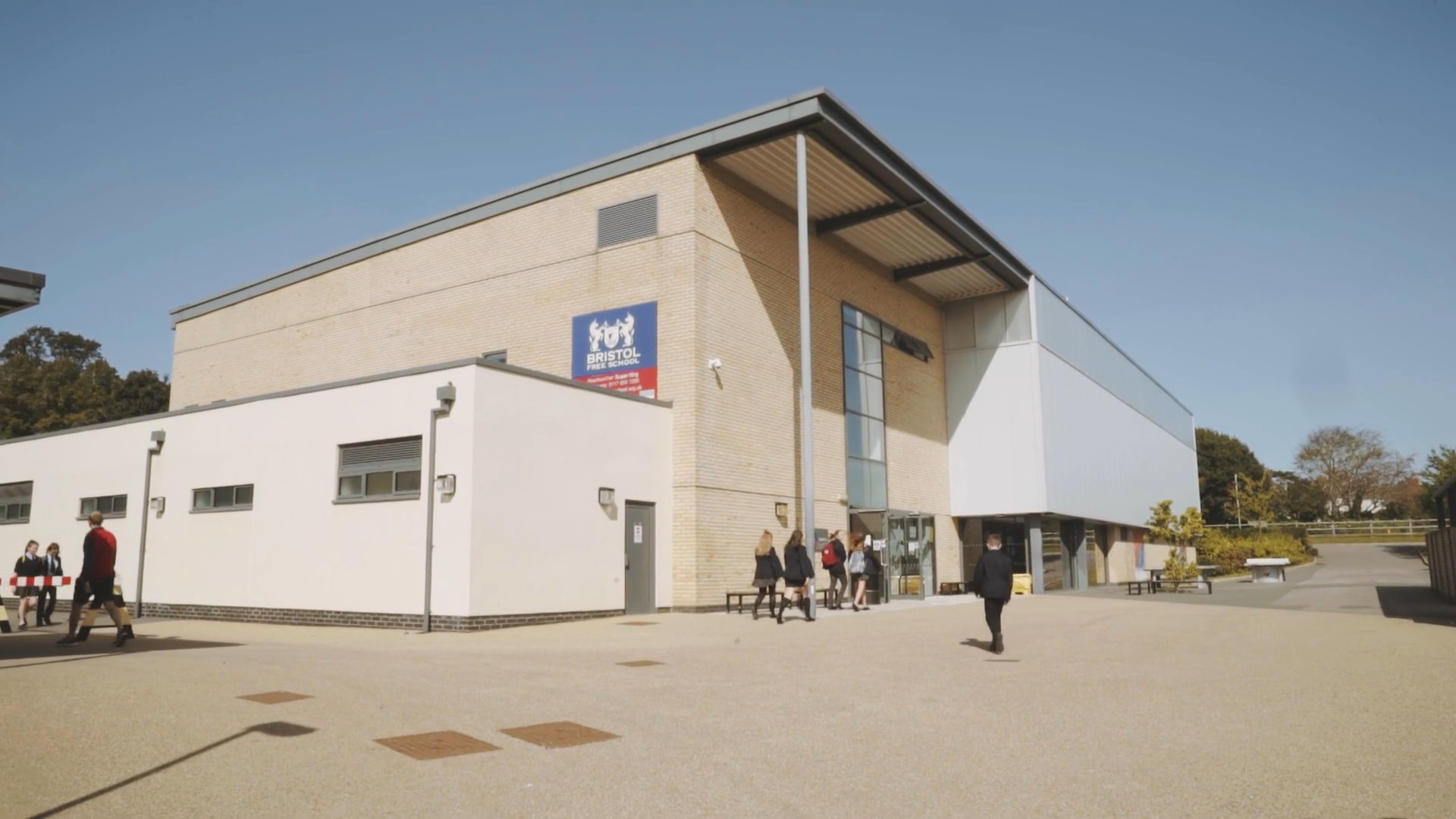
P2 - Electric charge is a fundamental property of matter everywhere. Understanding the difference in the microstructure of conductors, semiconductors and insulators makes it possible to design components and build electric circuits. Many circuits are powered with mains electricity, but portable electrical devices must use batteries of some kind.
Each unit is assessed by a 40 mark 'GCSE-style' test which also assesses scientific and mathematical skills
P5 - Engineers analyse forces when designing a great variety of machines and instruments, from road bridges and fairground rides to atomic force microscopes. Anything mechanical can be analysed in this way. Recent developments in artificial limbs use the analysis of forces to make movement possible.
Each unit is assessed by a 40 mark 'GCSE-style' test which also assesses scientific and mathematical skills
P7 - Electromagnetic effects are used in a wide variety of devices. Engineers make use of the fact that a magnet moving in a coil can produce electric current and also that when current flows around a magnet it can produce movement. It means that systems that involve control or communications can take full advantage of this.
Each unit is assessed by a 40 mark 'GCSE-style' test which also assesses scientific and mathematical skills
Exam Technique and Revision of Key Concepts
An end of year assessment covering all content and skills taught in Year 9 & 10